From Broad Strokes to Targeted Stimulus: China’s Evolving Monetary Toolkit and Why It Matters
China's central bank is moving toward a more proactive and fine-tuned monetary strategy in the second half of 2025. In a signal-laden meeting of the Monetary Policy Committee in June, the People's Bank of China (PBOC) emphasized the need to intensify monetary policy support and sharpen its foresight, precision, and effectiveness amid rising domestic fragility and mounting global headwinds.
For global institutions operating in or with China—from international banks and asset managers to export credit agencies and cross-border M&A teams—the implications are both immediate and strategic. Beijing is subtly recalibrating its monetary playbook, not by pivoting radically, but by refining tools that could stabilize liquidity, manage interest rates, and channel credit into sectors seen as vital to structural transformation.
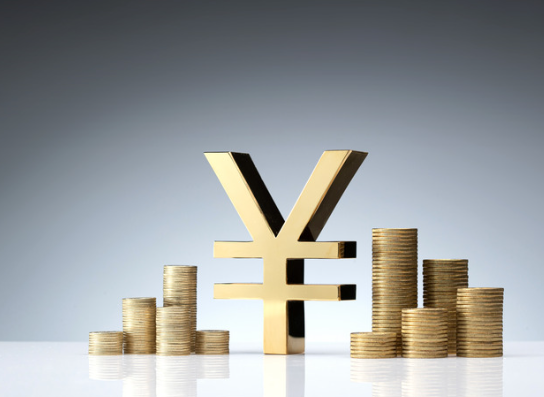
Shifting Gears in a Complicated Economic Landscape
The second-quarter monetary policy meeting marked a subtle but important rhetorical shift. Policymakers underscored two distinct pressures: persistent domestic demand weakness and stubbornly low inflation, paired with a “more complex and severe” external environment characterized by rising trade barriers and geopolitical volatility.
This dual lens is likely to guide China's central bank toward measured but firmer intervention. While it refrained from explicitly committing to near-term rate cuts or reserve requirement ratio (RRR) reductions, the PBOC emphasized the need for "flexible calibration of policy strength and pace."
Wang Qing, Chief Macro Analyst at Dongfang Jincheng, interpreted the absence of direct policy pledges as a sign of “strategic pause”—following the May RRR and policy rate cuts—and suggested that the central bank is currently observing their effects. However, he noted that if downward pressure from exports and weak domestic prices persists, further easing is likely before year-end.
Liquidity Support Without Flooding the Market
Liquidity remains a cornerstone of China's monetary stance. In the first half of 2025, the central bank injected over RMB 1 trillion in long-term funds through a 50-basis-point RRR cut and ramped up the use of Medium-Term Lending Facility (MLF) and reverse repo operations. As a result, key monetary indicators—total social financing, M2, and credit growth—all outpaced nominal GDP growth in May.
These measures align with the PBOC's stated objective of maintaining ample liquidity without triggering speculative bubbles or financial excesses. Industry consensus expects continued reliance on quantity-based tools in the second half, including possible further RRR cuts, particularly if global conditions worsen or if domestic credit demand stalls.
Zhang Jun, Chief Economist at China Galaxy Securities, highlighted that with some banks'RRR already at zero, the central bank is no longer bound by its earlier implicit lower limit of 5%. This gives policymakers additional leeway to maneuver without drastically altering the current policy tone.
Lowering Real Economy Financing Costs
Price-based tools have also played an increasing role in lowering financing costs for both households and corporates. The PBOC's May 10-basis-point policy rate cut was swiftly followed by a similar decline in Loan Prime Rates (LPRs), directly trimming borrowing costs.
According to official PBOC data, the weighted average interest rate for new corporate loans in May stood at 3.2%, down 50 basis points year-on-year. For new residential mortgages, the figure was 3.1%, 55 basis points lower than a year earlier.
Economists believe this downward trajectory will continue. Cheng Shi, Chief Economist at ICBC International, projects at least one more rate cut of 10–20 basis points in the second half, citing mild inflation and the possibility of Federal Reserve easing.
Structural Tools: Precision Over Volume
Perhaps most significant for long-term observers is the evolving role of structural monetary tools, which reflect Beijing's preference for targeted interventions over blanket stimulus.
The first half of 2025 saw the PBOC expand or introduce multiple such tools, including:
RMB 5 trillion in re-lending facilities for consumption and elderly care
RMB 3 trillion each for agricultural and small business re-lending, as well as innovation and technological upgrading
Reforms to tools supporting capital market development
A pilot initiative in Shanghai for new structural monetary instruments
Jingjing Zhang, Chief Macro Analyst at China Merchants Securities, noted that these tools will likely remain central in the second half. Policymakers are expected to further diversify their range and refine implementation guidelines.
Yi Xuan, Chief Economist at Huatai Securities, added that a new generation of policy-based financial instruments could emerge—potentially allowing policy banks to issue bonds and provide equity-style capital support for strategic sectors like technology and trade. These instruments could amount to RMB 500–1,000 billion.
Exchange Rate Flexibility Reframed
In a notable departure from previous statements, the PBOC no longer emphasized the “three resolute actions” (resolutely prevent sharp depreciation, resolutely stabilize expectations, resolutely deter speculation) in its recent communication. Instead, it called for enhancing foreign exchange market resilience, managing expectations, and preventing “overshooting.”
This reflects the RMB's recent appreciation, buoyed by a falling U.S. dollar and signs of domestic economic stabilization. Most analysts expect the currency to remain broadly stable with mild upward bias in the near term.
Implications for Global Stakeholders
For international investors, corporate strategists, and risk professionals, the evolving contours of Chinese monetary policy are significant:
Liquidity Will Remain Adequate:Firms with RMB funding needs or investments in China should expect continued access to credit and relatively low borrowing costs.
Targeted Sector Support Is Expanding:Foreign enterprises in aging care, high tech, or capital markets may benefit indirectly from credit allocation priorities.
Currency Volatility Should Remain Contained:This reduces hedging costs and FX-related earnings risk for cross-border businesses.
Rates Could Dip Further:This is relevant for global debt investors and corporate treasury managers watching RMB asset returns.
Policy Communication Is Evolving:The central bank appears more data-driven and less beholden to rhetorical rigidity—a sign of policy maturation.
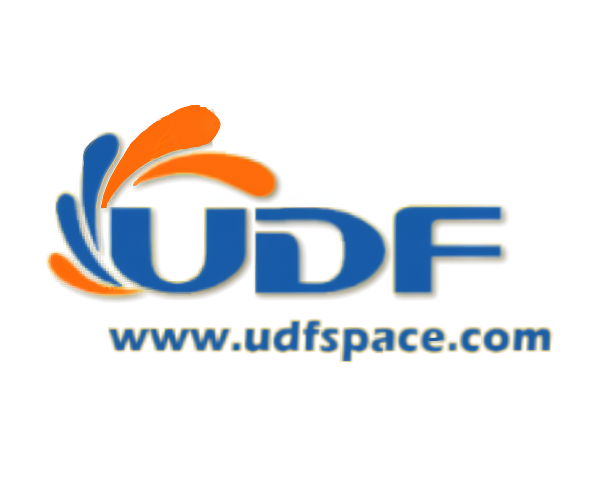







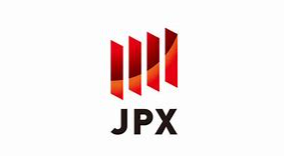



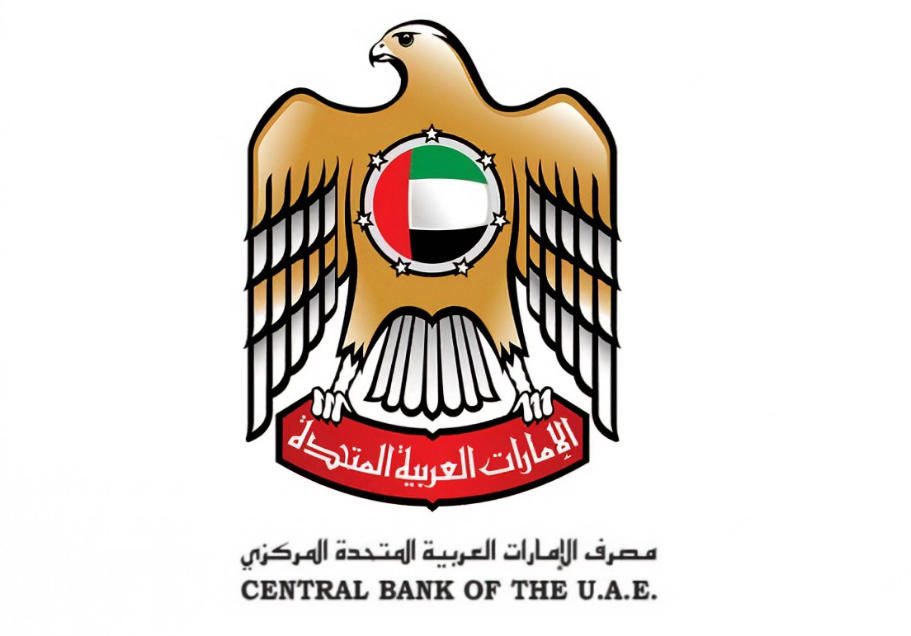






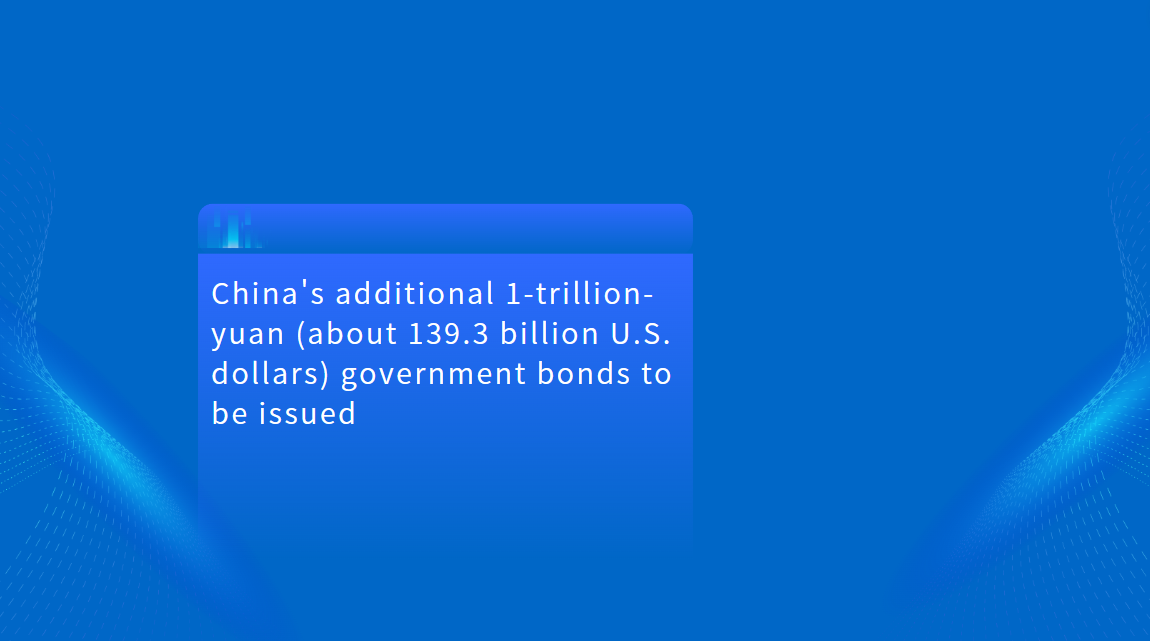


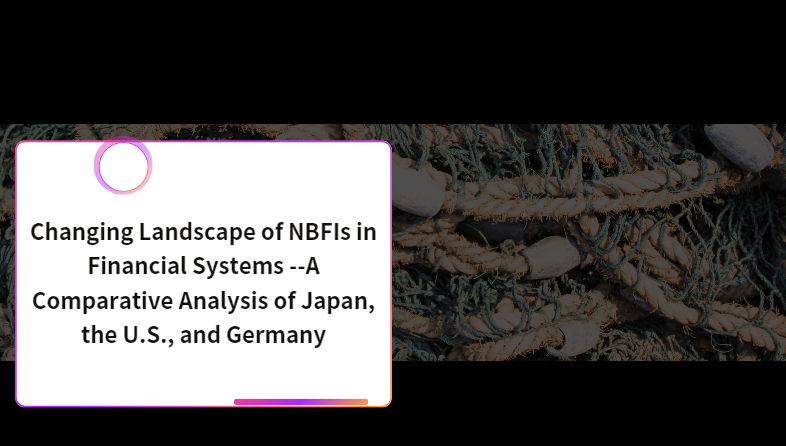




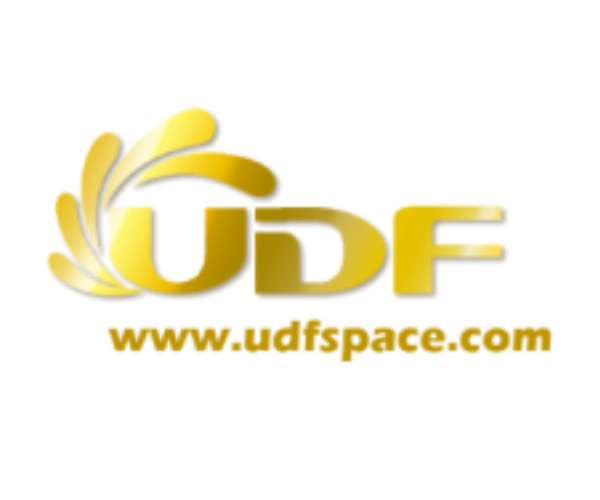

























First, please LoginComment After ~